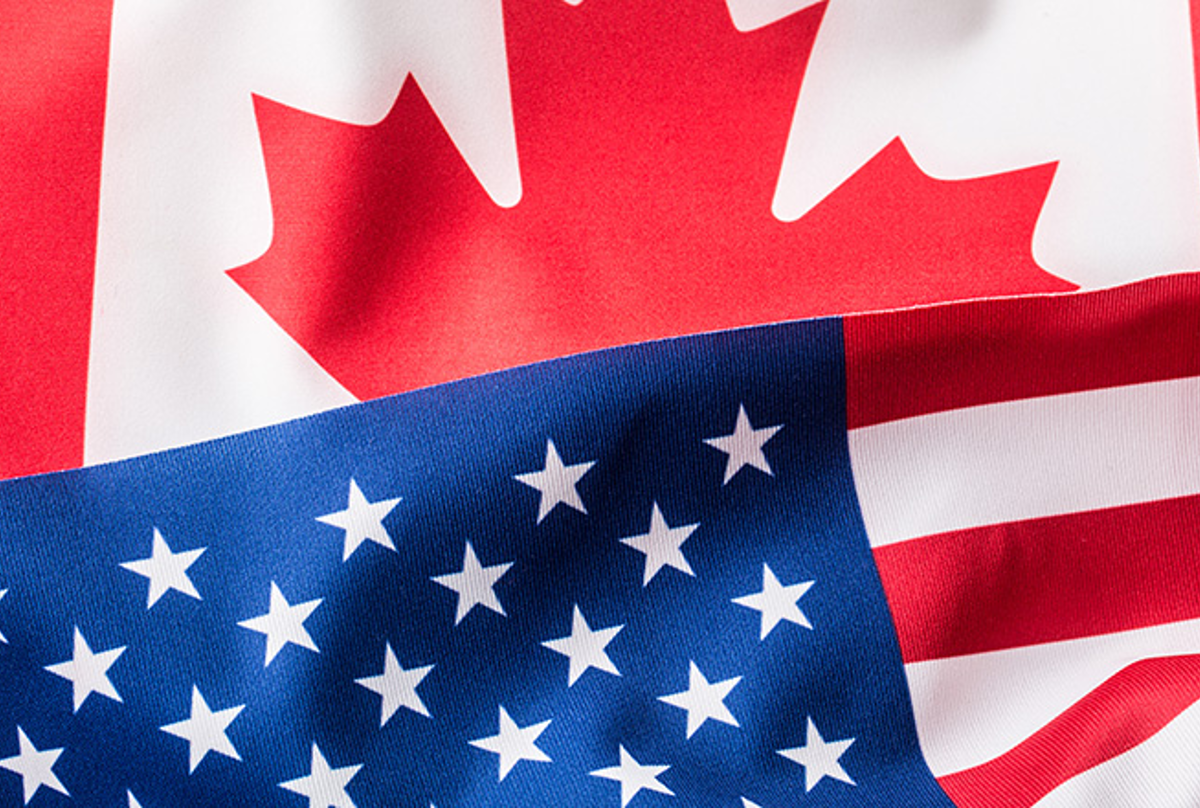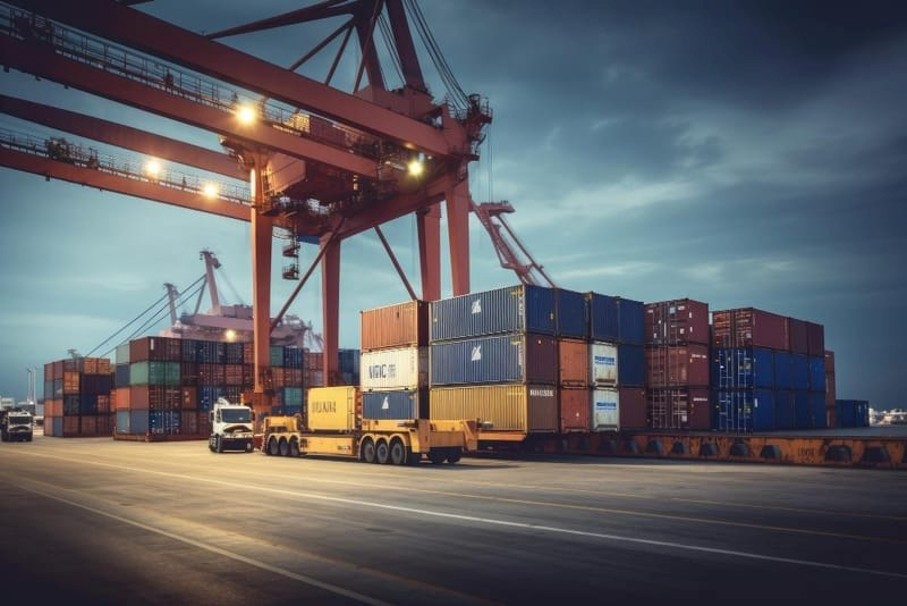Government/Policy

November 1, 2018
Leibowitz on Trade: “Substantial Transformation” in Tariff, Trade Cases
Written by Tim Triplett
Trade attorney and Steel Market Update contributor Lewis Leibowitz offers the following update on events in Washington:
When is a product from Japan instead of China? Turns out, it depends on why you’re asking.
For purposes of the required “marking” of imported products, U.S. Customs and Border Protection decides whether a product composed of several parts was “substantially transformed” in a foreign country. Oil country tubular goods (pipe products for oil and gas drilling) can be created as a semi-manufactured “green tube” in China and heat-treated, threaded and coupled in Japan. For marking purposes, Customs has ruled that these “finishing” operations result in a substantial transformation, meaning that when imported into the United States they are to be marked as products of Japan.
But oil country tubular goods from China are covered by antidumping and countervailing duty orders (administered by the Commerce Department). Domestic petitioners did not like the answer that green tubes were “substantially transformed” in Japan, because this could mean that the OCTG was not subject to the AD/CVD orders on China. Commerce, which applies its own “substantial transformation” analysis, and pointedly does not follow Customs rulings on that subject, ruled that the goods were not substantially transformed in Japan. Ironically this means that the imported tubes had to be marked “made in Japan” but pay dumping duties on products from China.
On appeal, the Court of International Trade rejected the use of the substantial transformation test and ruled that Commerce needed to read the language of the AD/CVD orders. After a couple of trips back and forth between Commerce and the CIT, Commerce found that the converted tubes were not subject to the Chinese orders. Then the Petitioners appealed to the next level, the Court of Appeals for the Federal Circuit. The higher court ruled that the “substantial transformation” analysis was appropriate and sent the case back for further work.
That further work has now gotten back to the CIT. The court is not happy with Commerce’s conclusion that heat-treating and other processing was not a “substantial transformation.” Bell Supply Co., LLC v. United States (CIT, October 18, 2018). Commerce failed to adequately explain its five-part analysis in determining substantial transformation (an analysis that bears no resemblance to the Customs analysis).
The WTO Agreement on Rules of Origin set a goal in 1995 of adopting a “unified theory” of determining country of origin. WTO members were supposed to arrive at this single method of determining country of origin by 2000. Here we are in 2018 and the unified theory is no closer than ever.
When navigating tariffs and trade remedies, it’s important to remember that Customs usually controls the general tariff determination of the country of origin, while Commerce has command when the issue is whether imports are covered by an antidumping or countervailing duty order.
This rule has been complicated, potentially, by the imposition of tariffs on steel, aluminum and products from China. So far, it appears that Customs is expected to determine the country of origin for these purposes (on steel and aluminum, for example, whether a covered product is from a tariff country or a quota country), or whether an import was substantially transformed in China or another country for purposes of applying the Section 301 tariffs. However, the language of the Section 301 notices could suggest that USTR might play a role in that determination, at least in certain cases.
As with many questions surrounding trade law, this one is uncertain.
Lewis Leibowitz
The Law Office of Lewis E. Leibowitz
1400 16th Street, N.W.
Suite 350
Washington, D.C. 20036
Phone: (202) 776-1142
Fax: (202) 861-2924
Cell: (202) 250-1551







